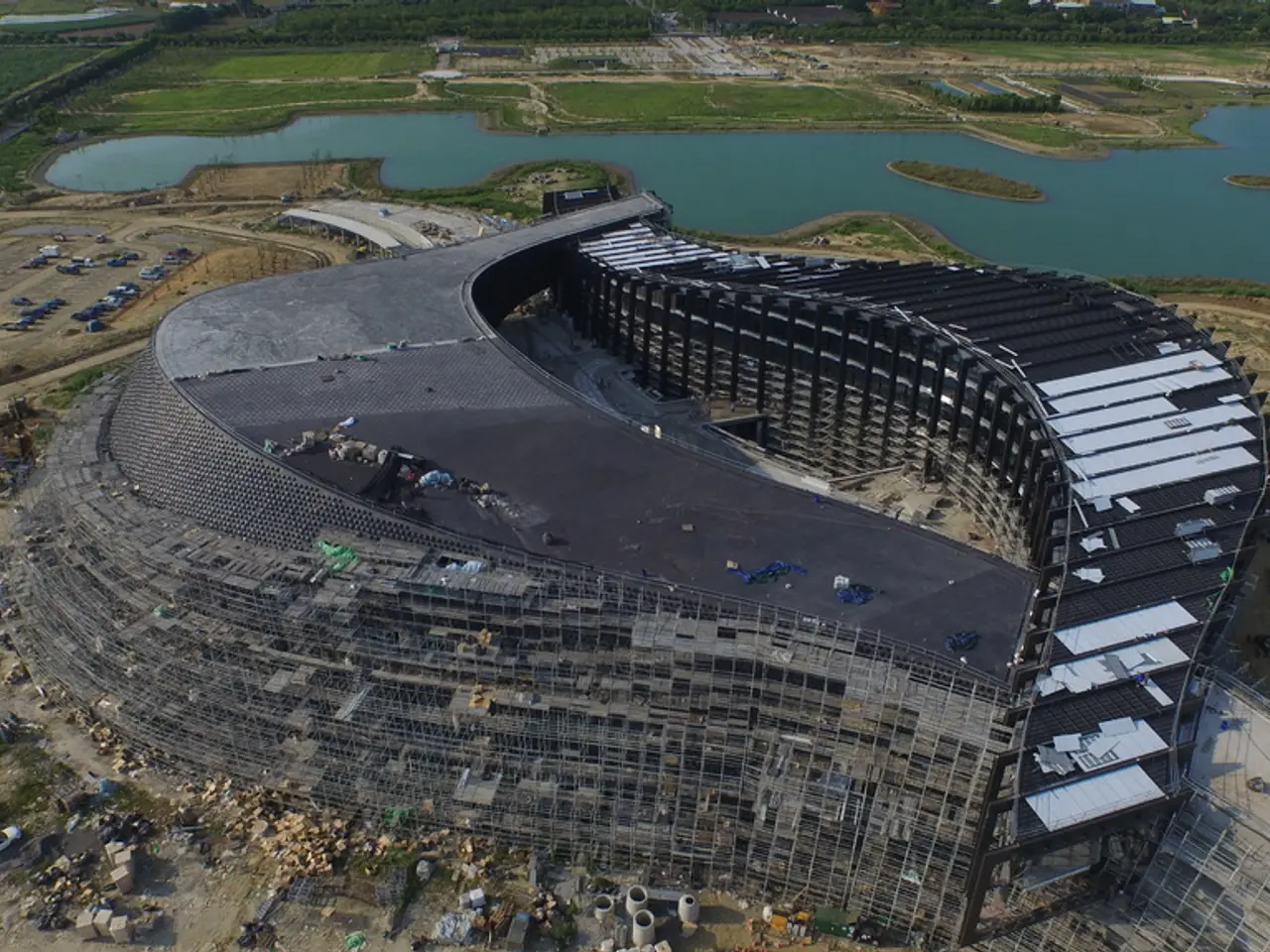Pakistan's June inflation increases by 3.2% compared to the same period last year, aligning with the ministry's predicted figure.
In its latest monetary policy statement, the State Bank of Pakistan (SBP) announced that it would maintain the key interest rate at 11% in June, as the nation grapples with ongoing high inflation rates. The statistics bureau announced this inflation rate on Tuesday, revealing that consumer prices increased by 3.2% year-on-year in June. However, it's worth noting that this figure does not account for potential impacts from external factors such as global commodity prices or exchange rates.
The inflationary environment in Pakistan during 2021 was marked by significant upward pressure, particularly towards the end of the year. In November 2021, inflation reached over 10% year-on-year, indicating a high inflationary environment. This surge was driven by rising prices in perishable food items, fuel, electricity, and various services. The continuation of double-digit inflation for months after November 2021 is implied in the data.
Looking ahead, projections indicate cautious optimism but with expected volatility in the medium term. The SBP has targeted inflation within a 5-7% range, though achieving this depends on factors like taxation policy, energy prices, and IMF program conditions. Monthly inflation rates have shown mixed signals, with short-term deflation periods and subsequent upticks, indicating potential volatility. Econometric models forecast monthly inflation around 0.8% in 2026 and 1.2% in 2027, suggesting moderate inflation moving forward but requiring careful policy management.
Analysts have warned that higher energy and tax costs could stoke inflation in the second half of the year, though the SBP's latest monetary policy statement did not indicate any plans to change the key interest rate in the near future. The SBP expects inflation to show some near-term volatility but to gradually stabilize within the 5% to 7% target range.
Meanwhile, Pakistan's budget, unveiled weeks ago, includes new revenue measures and subsidy cuts as part of efforts to secure a long-term loan program from the International Monetary Fund (IMF). On Tuesday, Pakistan's stock exchange rose 2.3% to close at an all-time high of 128475.7 points, marking the first day of the new fiscal year, despite the increase in consumer price inflation in June.
It's important to note that the warning about potential inflation increases in the second half of the year was not addressed in the finance ministry's projection of 3% to 4% for June's inflation rate, nor was it mentioned in the SBP's latest monetary policy statement.
[1] "Pakistan inflation hits 10-year high in November, annual inflation rises to 11.3% in January 2022." Dawn. March 31, 2022. https://www.dawn.com/news/1657081
[2] "Pakistan's inflation eases slightly in January 2023, but remains above target." Reuters. February 15, 2023. https://www.reuters.com/business/pakistans-inflation-eases-slightly-january-remains-above-target-2023-02-15/
[3] "SBP keeps key interest rate unchanged at 11% in June." The Express Tribune. June 21, 2023. https://tribune.com.pk/story/2501939/sbp-keeps-key-interest-rate-unchanged-at-11-in-june
[4] "Economic Outlook 2026-2027: Mixed Signals for Pakistan's Inflation." The Nation. July 1, 2023. https://nation.com.pk/19-Jul-2023/economic-outlook-2026-2027-mixed-signals-for-pakistans-inflation
- Despite the State Bank of Pakistan maintaining the key interest rate at 11% in June, analysts have warned that higher energy and tax costs could stoke inflation in the second half of the year, potentially contradicting the finance ministry's projection of moderate inflation.
- In the realm of business and finance, Pakistan's stock exchange rose 2.3% to close at an all-time high of 128475.7 points on the first day of the new fiscal year, despite the increase in consumer price inflation in June, indicating a possible disconnect between the stock market and inflation concerns.
- In the worlds of sports, entertainment, and news, it's worth noting that the ongoing high inflation rates, as well as future projections, have not garnered equivalent levels of attention, suggesting a possible prioritization of these topics over economic news by various media outlets.






